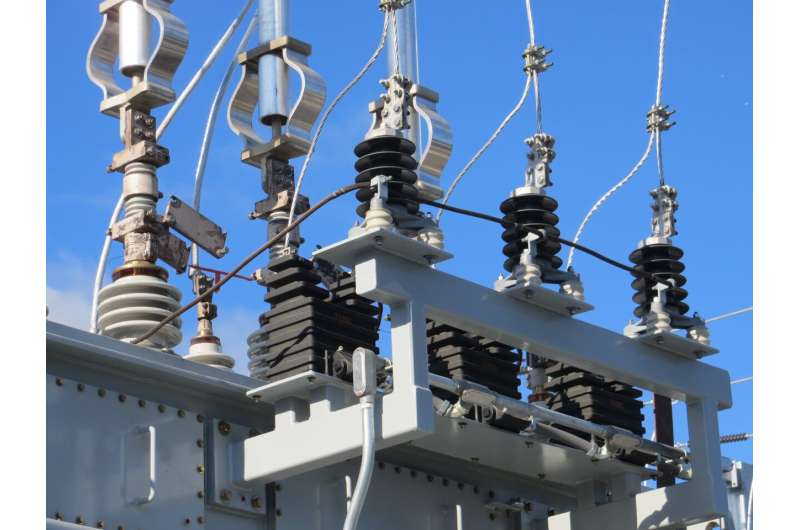This article has been reviewed according to Science X's editorial process and policies. Editors have highlighted the following attributes while ensuring the content's credibility:
fact-checked
peer-reviewed publication
trusted source
proofread
Improving market design for energy storage

Energy storage plays a crucial role in our transition to cleaner and more sustainable energy sources. It enables us to store excess energy when it's available, from renewable sources like wind and solar, and use it when demand is high or supply is limited. This helps stabilize the grid, reduces reliance on fossil fuels, and mitigates the impact of intermittent energy sources.
In many parts of the U.S., such as New York, California, and Texas, private companies are responsible for owning and operating energy storage systems. These businesses participate in electricity markets, where they buy and sell electricity to maximize their profits. However, it is important for consumers to ensure that companies' profit-driven motives also align with the broader goal of improving sustainability and improving lives around the world. This means finding a balance between reducing carbon emissions and keeping electricity costs affordable for consumers. It's crucial to align the needs of electricity users with the capabilities of the power system while promoting a greener future.
Electricity markets are intricately linked to physical power systems, making them distinct from other markets. In order to ensure that the market operates smoothly and efficiently, specialized models are used to clear the participating resources. These models take into account the physical characteristics of the resources, such as their generation capacity and availability. The goal of electricity market design is to create and update these models in a way that maximizes the overall benefit for society.
New model for market participation interactions
A new study led by Columbia Engineering, published in Joule, examines how different ways of participating in these markets affect the overall benefits of energy storage for society. The researchers used an agent-based computer framework—a model that simulates individual behaviors within complex systems—to simulate scenarios with renewable and storage capacity and market options.
"Our main innovation was to model the market participation interactions between storage and the market," said the study's lead author Bolun Xu, assistant professor of earth and environmental engineering. "We discovered that not only do we need more renewables and better storage technologies, but that market design to best integrate energy storage to reduce cost and emission for future power systems is also critically important. For that, we need new computational methods and, in the future, AI-assisted analysis."
The fine balance between economics and emission reductions
The study compared different methods for energy storage to participate in the market and uncovered trade-offs between making energy more affordable for consumers and reducing carbon emissions. The researchers found that participating in day-ahead markets, where electricity is traded a day before it's needed, is more effective in reducing carbon emissions. On the other hand, participating in real-time markets, where electricity is traded in real-time, is more effective in reducing costs.
"Our study highlights how market designs can significantly impact the role of energy storage in both the economics of electricity and the journey towards decarbonization, spanning from early to deep decarbonization stages," Xu said. "Our proposed open-source framework provides a valuable tool for researchers and policymakers to assess emerging technologies and policy incentives."
Future steps
Xu's team is currently collaborating with national labs and California ISO, a non-profit organization that manages California's power grid and electricity market. They are working with projects founded by the U.S. Department of Energy and National Science Foundations to explore new market designs and integrate AI to analyze and aid energy storage operations.
"It's clear," Xu added, "that renewable and storage resource deployments must be accompanied by appropriate electricity market designs and policy incentives to balance economics and emission reductions. California has the highest storage capacity in the world, and we are excited to deploy our solutions there."
The study is titled "The Role of Electricity Market Design for Energy Storage in Cost-Efficient Decarbonization."
More information: Bolun Xu, The Role of Electricity Market Design for Energy Storage in Cost-Efficient Decarbonization, Joule (2023). DOI: 10.1016/j.joule.2023.05.014. www.cell.com/joule/fulltext/S2542-4351(23)00211-8


















